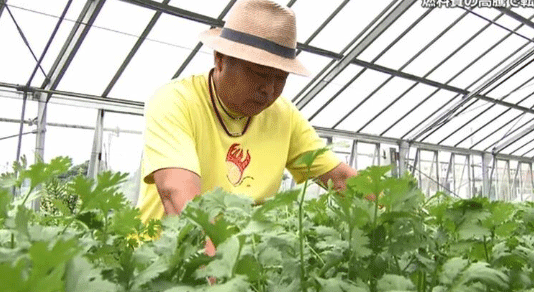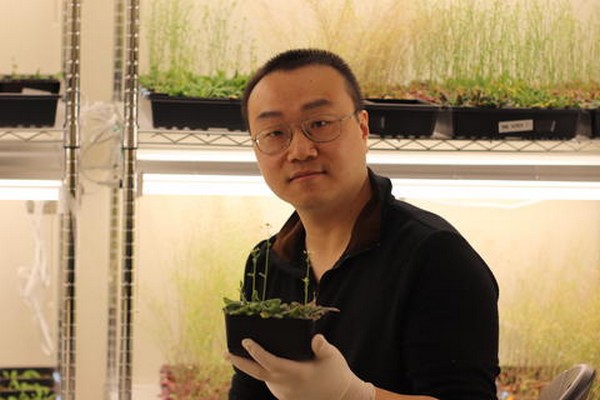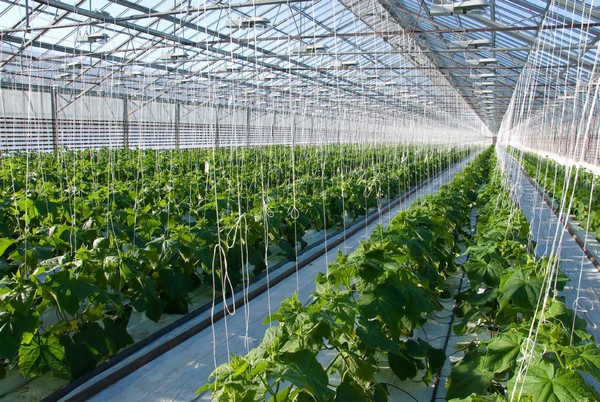In Shizuoka Prefecture, Japan, a region once known for its greenhouse-grown melons, farmers have had to make a drastic shift in their crop production. The skyrocketing cost of fuel—up to three times higher than previous years—has made it financially unfeasible to continue cultivating melons, a crop that requires substantial heating during the colder months. For many greenhouse farmers, this economic burden prompted a critical decision: either exit the industry or adapt.
Eight years ago, a handful of these farmers found an innovative solution by transitioning from melon production to cultivating aromatic herbs, such as cilantro (known locally as “pakuchi”). This decision not only helped them survive the fuel price hike but also led to the creation of a new agricultural trend in Japan. Shizuoka is now recognized as one of the top cilantro-producing regions in the country.
The Economic Impact of Fuel Costs
Greenhouse farming is highly dependent on energy, particularly during the winter months when temperatures in Japan can dip significantly. For crops like melons, which require stable, warm conditions for optimal growth, heating costs can make or break a farmer’s profitability. According to recent data, the cost of fuel for greenhouse operations has tripled over the past few years due to global energy market fluctuations. For many farmers, these escalating expenses have exceeded their profit margins, forcing them to either reduce production or seek alternatives.
In response to this crisis, some farmers turned to more heat-resilient and less energy-intensive crops. Cilantro, an herb that thrives in greenhouse environments but requires less heating than fruit crops, became an attractive alternative. Additionally, cilantro has seen a surge in popularity in Japanese cuisine over the past decade, further driving demand.
The Shift to Cilantro
For the former melon growers, the transition to cilantro was initially a gamble. However, the results have exceeded expectations. Cilantro’s shorter growing cycle and lower energy demands have made it a more sustainable crop in the face of rising fuel costs. Moreover, as consumer interest in cilantro has grown, so too has the market for locally produced herbs. Farmers who were once on the brink of financial collapse are now thriving, with Shizuoka becoming a leading supplier of cilantro in Japan.
Data from the Ministry of Agriculture, Forestry, and Fisheries (MAFF) indicates that the total area dedicated to cilantro production in Shizuoka has increased by over 20% in the past five years, and local farmers are reporting strong sales both domestically and in select export markets. This shift has not only saved their farms but also revitalized the region’s agricultural economy.
The transition from greenhouse melon farming to cilantro cultivation in Shizuoka exemplifies the resilience and adaptability of Japan’s agricultural sector. Faced with soaring fuel costs, farmers were able to pivot to a more sustainable and profitable crop, turning a potential crisis into an opportunity. As energy prices remain volatile, other regions may look to Shizuoka’s experience as a model for how to adapt to changing economic conditions while remaining competitive in the market.










